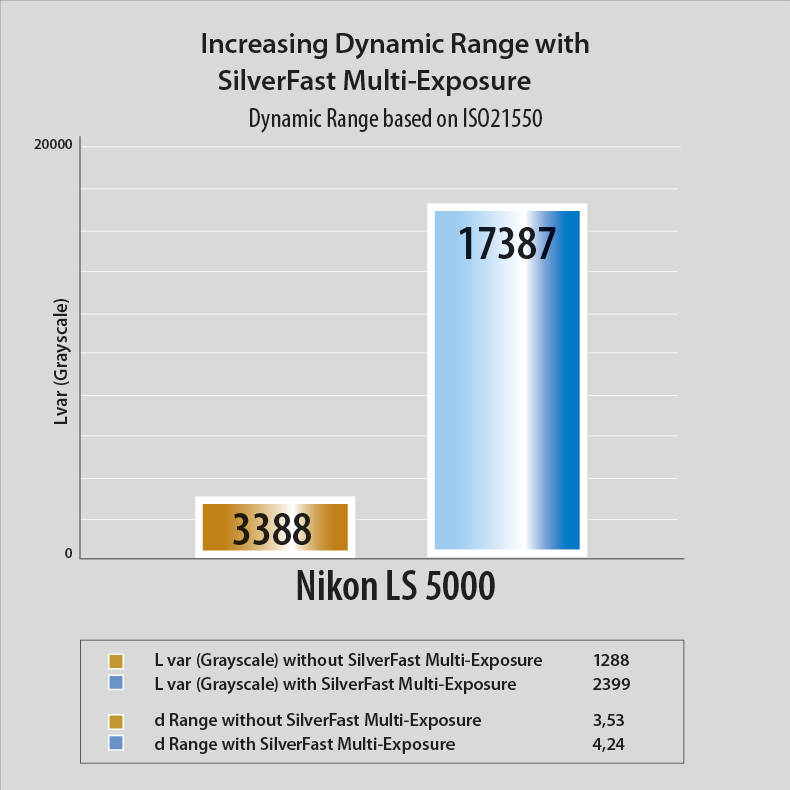Silverfast 6 6 Nikon Serial Number


Leica I, 1927 (video) The first 35mm film Leica prototypes were built by at Ernst Leitz Optische Werke,, in 1913. Download Windows 7 Iso The Pirate Bay Free. Intended as a for, particularly during mountain hikes, the Leica was the first practical camera that used standard cinema. The Leica transports the film horizontally, extending the frame size to 24×36mm with a 2:3, instead of the 18×24 mm of cinema cameras which transport the film vertically. The Leica had several model iterations, and in 1923 Barnack convinced his boss, Ernst Leitz II, to make a pre-production series of 31 cameras for the factory and outside photographers to test. Though the prototypes received a mixed reception, Ernst Leitz decided in 1924 to produce the camera. It was an immediate success when introduced at the 1925 Spring Fair as the Leica I (for Leitz camera).
The focal plane has a range from 1/20 to 1/500 second, in addition to a Z for Zeit (time) position. Barnack conceived the Leica as a small camera that produced a small negative. To make large photos by enlargement, (the 'small negative, large picture' concept) requires that the camera have high quality lenses that could create well-defined negatives. Barnack tried a Zeiss on his early prototype camera, but because the Tessar was designed for the 18×24 mm cine format, it inadequately covered the Leica's 24×36mm negative.
Barnack resorted to a Leitz Mikro-Summar 1:4.5/42 mm lens for the prototype, but to achieve resolution necessary for satisfactory enlargement, the 24x36 mm format needed a lens designed specially for it. The first Leica was a 50 mm f/3.5 design based on the of 1893, adapted by Max Berek at Leitz. The lens has five elements in three groups—the third group being three cemented elements—and was initially named the Leitz Anastigmat.
Unlike other triplets, the Leitz Anastigmat has the diaphragm between the first and second elements. When the Leica was first vended, this lens was renamed the ELMAX, for E Leitz and MAX Berek. By 1925, the Leitz laboratories had produced glasses with improved optical properties, and Professor Berek designed an improved version of the ELMAX named the ELMAR that had four elements in three groups. The third group was simplified to two cemented elements, which was easier and cheaper to make. Professor Berek had two dogs, Hektor and Rex.
The first of these, Hektor, gave his name to a series of Leica lenses, and the name of the second appeared in the SummaREX. In 1930 the Leica I Schraubgewinde was first produced, with an exchangeable lens system based on a 39mm diameter screw thread, often referred to as ' Leica Thread Mount'. In addition to the 50 mm, a 35 mm and a 135 mm were initially available. During the mid-1930s, a legendary lens, the Thambar 90 mm f/2.2 was designed, and made in small numbers between 1935 and 1949, no more than 3000 units.